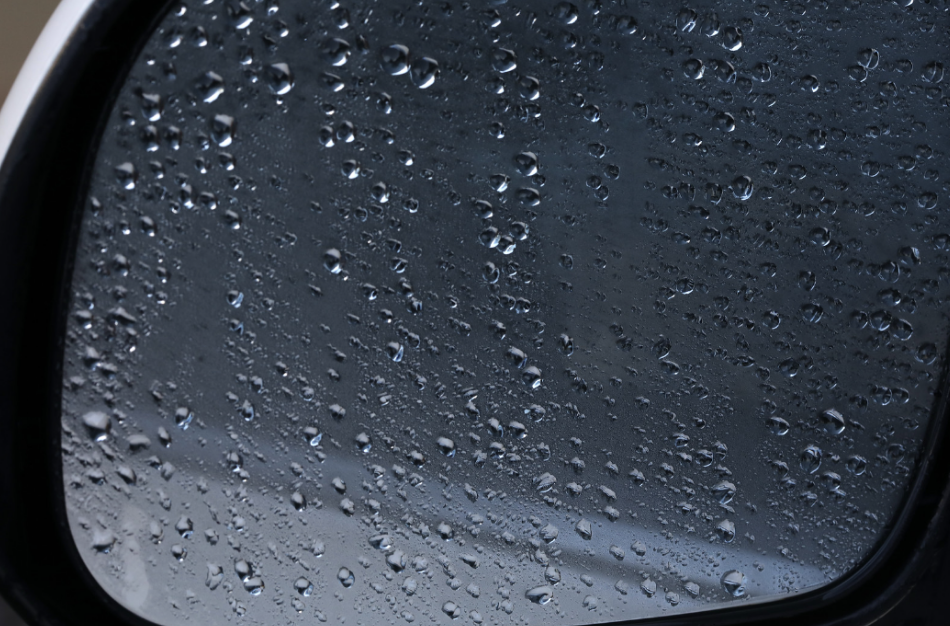

Obstructive sleep apnea or central sleep apnea is a sleep disorder that causes pauses in breathing when an individual is asleep. The most effective way to treat or manage the symptoms of sleep apnea is continuous positive airway pressure therapy, which is carried out with the help of a CPAP machine. There's no doubt that for millions worldwide, Continuous Positive Airway Pressure (CPAP) therapy is a game-changer in managing sleep apnea. This treatment employs a CPAP machine and a mask to deliver a steady stream of air, ensuring uninterrupted breathing during sleep. However, while the benefits of CPAP therapy are undeniable, the role of humidity in conjunction with CPAP masks often goes overlooked.
Humidity plays a pivotal role in enhancing the overall effectiveness and comfort of CPAP therapy. When discussing CPAP masks, considering humidity levels becomes imperative due to their direct impact on a user's experience and treatment outcomes. CPAP humidifier does the job of providing the perfect amount of moisture to the air more easily.
Heated humidification supplied through the CPAP tubings plays a crucial role in preventing your mouth from getting dry. It doesn't matter whether you wear a nasal CPAP mask or a full face mask; the heated tubing effectively supplies humidity to the upper airway in sleep apnea patients. All the roles of CPAP humidifiers and CPAP tubing might be confusing to you, but they are important to understanding an effective treatment. If that's the case with you, too, then make sure to follow this article till the end.
CPAP machines deliver a constant airflow, which can sometimes cause you discomfort by drying out the airways, nasal passages, and throat. This can lead to various issues, such as nasal congestion, dryness, sore throat, and even nosebleeds. Here's where humidity steps in as a crucial factor and plays an important role in alleviating these discomforts and enhancing compliance with CPAP therapy, providing a better restful night's sleep.
Humidification in CPAP machines plays an important role as it serves the purpose of adding moisture to the airflow, mirroring the natural conditions of breathing. By adjusting humidity levels according to your comfort level, you can find relief from dryness and discomfort, making the therapy more tolerable and conducive to a good night's sleep.
CPAP masks come in various designs with different features, catering to individual preferences and needs. The role of humidification becomes particularly significant when discussing the interface between the mask and the user's airways, as it is directly associated with your comfort. Different mask types, such as nasal masks, full-face masks, or nasal pillow masks, interact differently with humidity levels; thus, accessing yourself and finding the right mask accordingly becomes very important.
Nasal masks, for instance, cover only the nose and require adequate moisture to prevent dryness and discomfort in the nasal passages. On the other hand, full-face masks cover both the nose and mouth, demanding balanced humidity to avoid drying out the mouth or throat, so it's up to you what suits you better and provides comfort, leading to a restful night's sleep.
Humidity settings on CPAP machines can be adjusted as per your comfort levels and preferences. However, finding the right balance is a key factor. Too much humidity might lead to excess condensation in the mask, causing discomfort or mask leakage. Conversely, insufficient humidity may not provide the necessary relief from dryness. Knowing your body and what brings you comfort will help you in finding the right and optimal settings for effective therapy.
Using the right amount of humidity in a CPAP mask is important as it can influence its effectiveness. It is important for you to understand what works best for you to get an effective treatment. Some of the tips on how you can optimise humidity in CPAP masks are given below:
It is important to understand your needs first and how your chosen mask interacts with different humidity levels because knowing your equipment and the problem you are facing will only help increase the effectiveness of your therapy. Try-and-error methods will help, like trying out the different settings to find the perfect balance between comfort and effectiveness for yourself.
All medical equipment needs regular cleaning and sanitisation. Similarly, regular maintenance and cleaning of your CPAP equipment is crucial to increase the longevity of your mask, leading to hassle-free and effective therapy; this will also include the cleaning of the humified chamber, as it is important to prevent the buildup of bacteria or mould, ensuring optimal functioning.
Consider using distilled water in the humidifier chamber. It will be a good option and can significantly enhance the effectiveness of your therapy, as it can ensure a clean airflow. This will help prevent mineral deposits from accumulating from tap water.
It is important to understand yourself; therefore, monitor your body to know how it responds to different humidity levels, then gradually adjust settings based on the level of comfort and the alleviation of dryness you may require.
Do not hesitate or shy away from discussing any concerns or persistent issues related to humidity with your healthcare provider because they can help by giving you advice or recommendations for your specific situation or problem.
Humidity plays a crucial role in enhancing the comfort and effectiveness of CPAP therapy. It helps mitigate dryness and discomfort associated with CPAP masks, which is essential for ensuring an effective treatment and promoting better sleep quality, thus improving your overall well-being.
It is also important to understand the relationship between humidity and CPAP masks so that it could empower you to optimise your therapy and maximise its benefit and effectiveness, opening the gate for a more comfortable and effective experience in managing sleep apnea. You can significantly improve your sleep quality and overall well-being by prioritising the right humidity levels.
Leave a comment